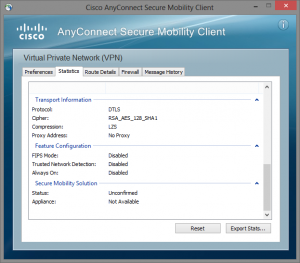Earlier this week I added a class to a already existing policy which was being used for outbound traffic-shaping. Nothing excited you would say? Well, not really. However.. it turned out that when I created the 15th class under the policy a worrying message appeared in the logging of the router:
%QOS-4-QLIMIT_HQUEUE_VALUE_SYNC_ISSUE
The policy did seem to work but this message was not giving me a warm feeling. So as a typical network engineer of the 21th century, I copied the message into Google in the hope to find out what the poor router was trying to tell me. Literately zero results, so that was very promising.
I knew that it had to be something with queues and the size of it (until the adding of this new class, everything was working fine). So I searched for some basic information about hold queues on ISR routers and how to configure them. I stumbled upon some interesting information, but still no satisfying answer on how to calculate which “hold queue size” was appropriated for my situation. So I reached out to TAC and the information they give me was very helpful, so I want to share it with the Internet 🙂
Once you configure class-based queuing on a ISR router, the default interface hold-queue is being changed to 1000 packets. Every class has a default queue-limit of 64, so once you are configuring the 15th class (which is the 16th if you count the default class, which is always there) you should have a hold-queue of 1024 packets (16*64). The hold-queue is 1000 packets so that is the reason why the message is being displayed. So what size should it be? As always it depends, but in consultation with with TAC I configured it to a size of 1984 packets without any problems and with some grow in mind. This was on a 2901 ISR with 50~70Mbit/s traffic placed as a Internet router (so just some basic routing, ACL’s and traffic-shaping). I hope this information can help you!
